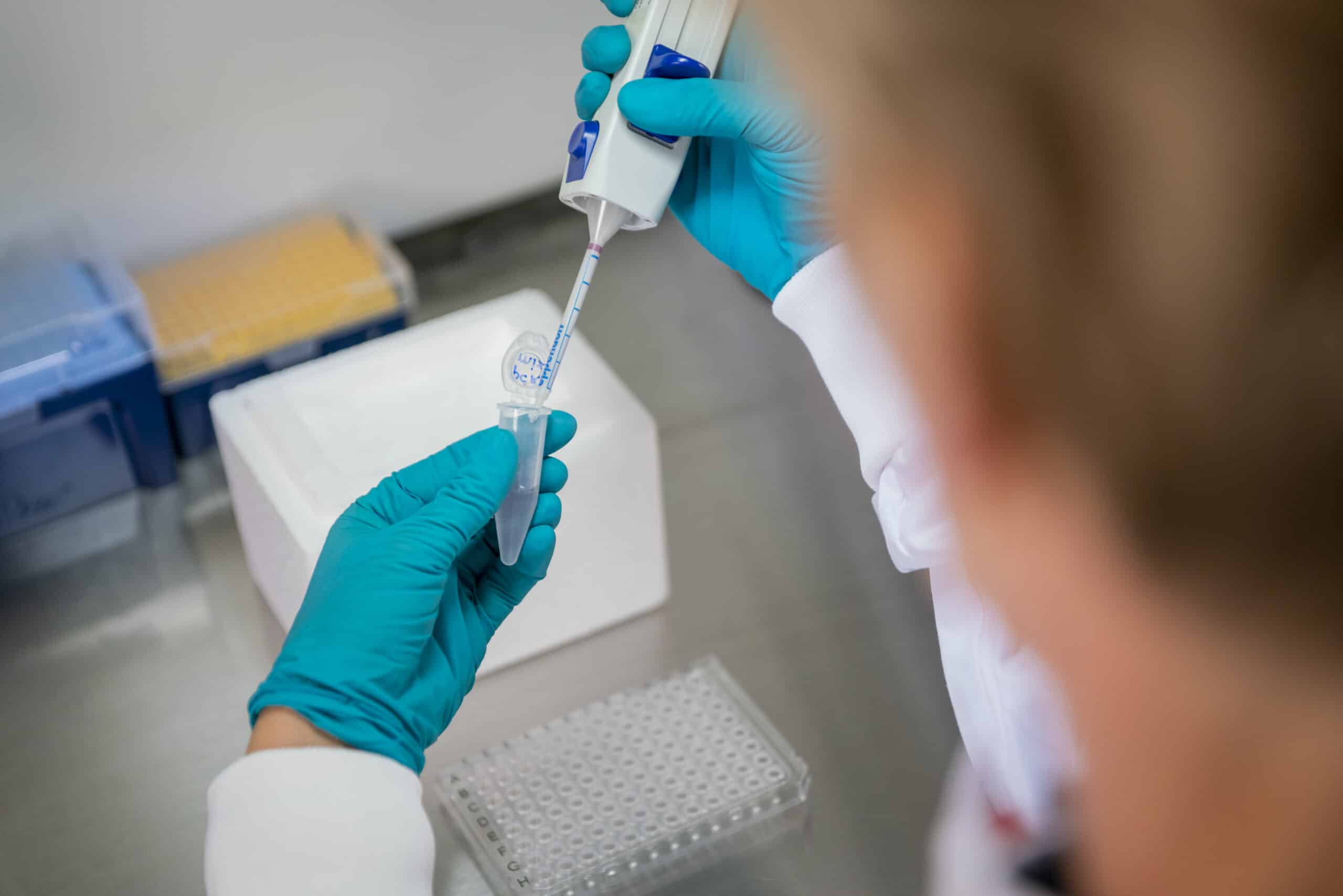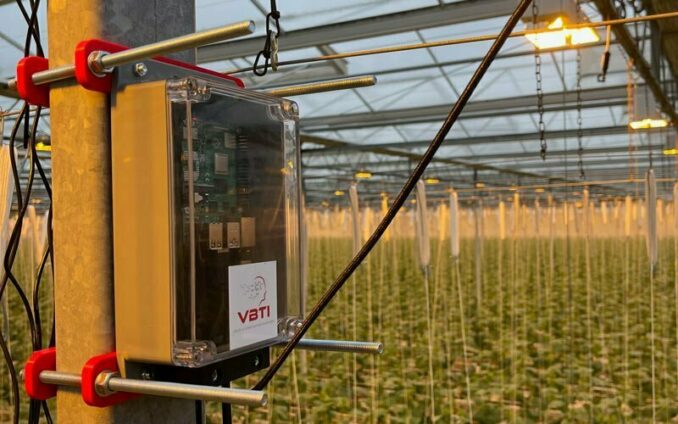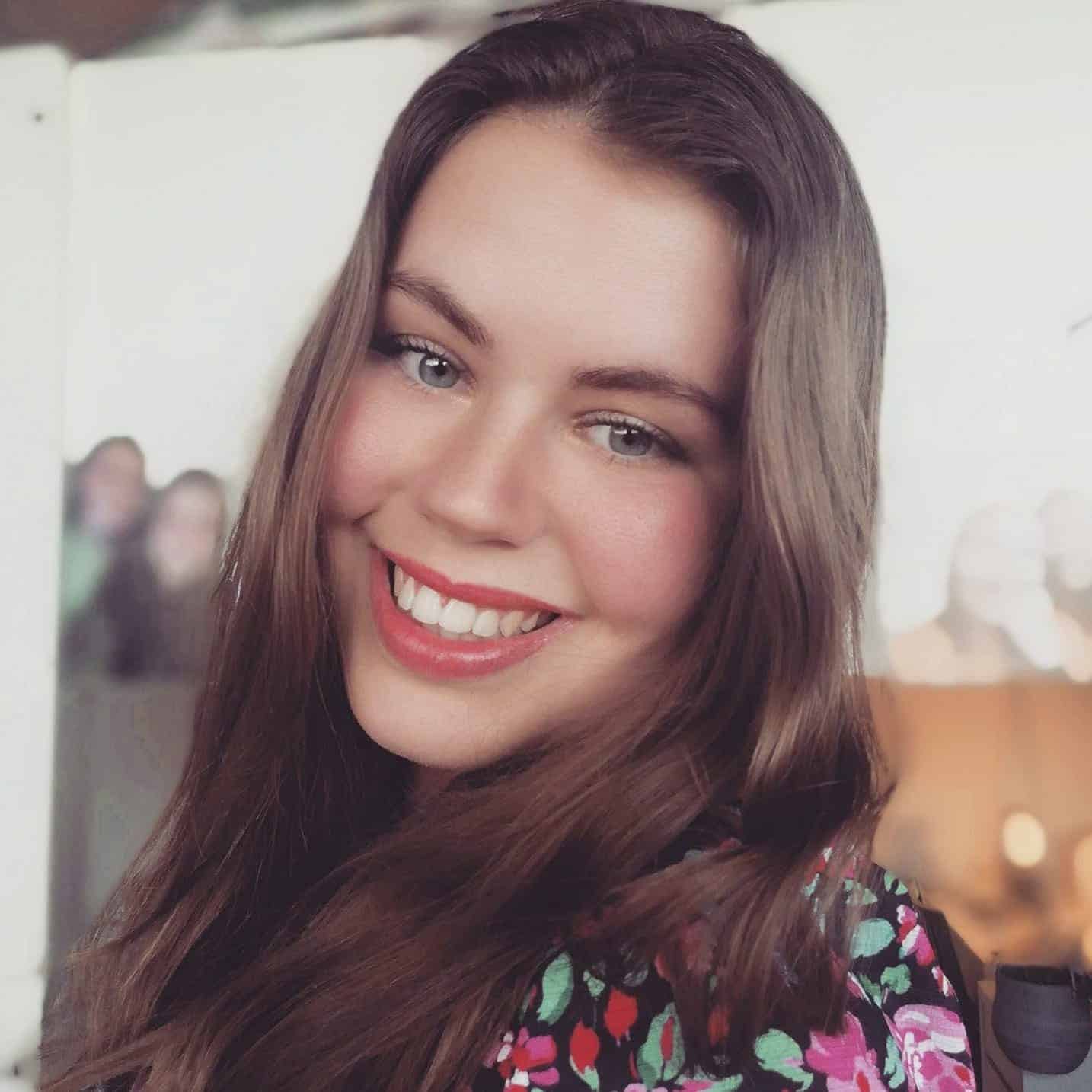
About InnoSIGN
- Founders: Paul van de Wiel and Sigi Neerken
- Founded in: 2022
- Employees: 14
- Money raised: €9,200,000
- Ultimate goal: To provide every cancer patient with personalized treatment for optimal results
Only eight months ago, the Eindhoven-based InnoSIGN was created by a number of biologists, data analysts and software developers from Philips striking out on their own. With technology developed at the well-known electronics company, they are trying to provide optimal treatment to as many cancer patients as possible, one that could ultimately save lives. With their team of experienced specialists, the start-up won a Gerard & Anton Award.
If the founders are to be believed, “trust” is the key word. Trust in the method, trust in the future but above all: trust in the team. “Our experience shows increasingly that first and foremost it is about the team. Investors want to see the people, the passion they exude and the mentality,” says co-founder Paul van de Wiel. Colleague and co-founder Sigi Neerken adds: “Our team has many years of experience. We have already developed our first product from A to Z. That gives an air of confidence.” In this episode of Start-up-of-the-day, the two founders tell more about their company.

First of all: what is your relationship with Philips?
Sigi: “We are a spin-off of Philips, from where the entire team transferred to InnoSIGN. Over 12 years, we developed a method at Philips. With InnoSIGN we are now taking the next step and bringing this technology further to the market. Since last March we have been an independent company.”
Paul: “I have a background as a cell biologist. At the time when Philips was still searching for how the company was going to profile itself, there was a fair amount of freedom to tackle all kinds of new topics within the research center. I then came to Philips to contribute to new developments with my biomedical knowledge, and more colleagues came with me. In recent years, Philips has turned into a software company so they decided to stop incorporating biology-related activities. As a result, they gave us the opportunity to establish a start-up. There is currently no active collaboration: we are doing this on our own.”
What exactly does InnoSIGN do?
Sigi: “With the technology we have developed, we can look at tumors in a new way. It is often difficult to predict how a patient is going to respond to a drug. With our method, we analyze cancer cells and can better explain why they keep growing. Currently, this is very difficult, so treatments don’t always work completely. With our method, if we see that a cell gets a signal to keep dividing, we can identify which targeted therapy would be most appropriate. That’s how you treat cancer in a very specific way. The trick is to be able to start doing that for every patient.”
Paul: “Above all, we want to work toward personalized treatment for every cancer patient. For this we use tumor material taken from the patient. Within just a few hours, we can use this analysis method to determine which drugs are likely to work so that the doctor can choose the best treatment.”

What product resulted from your research method?
Sigi: “We offer PCR tests to physicians that can be analyzed by our software. The PCR method used for this is the same as for a corona test. So the analysis takes place in the same way as it does for corona. Our tests were developed by the team over the past few years and are now being used in a large number of studies.”
Paul: “Our PCR tests allow us to measure different signaling pathways in cancer cells. Signaling pathways in cells are important for the regulation of processes. You can compare the pathways to the switches in a fuse box. There are many fuses, but it is crucial to know which two or three are on. It’s the same with cancer cells: if a tumor is very aggressive, there may be multiple pathways in a cell. You need to know how those cells work to make sure that cell division has stopped for good. You can then prescribe drugs that interrupt the pathways.”
How do you envision the future of InnoSIGN?
Sigi: “In 20 years, we want to look back and see that our method has really helped more cancer patients receive appropriate treatment. We especially want to help the difficult-to-treat patients, such as those who have already ended their treatment, to survive the disease.”
Paul: “For example, an 18-year-old boy recently received a new treatment partly based on our test. The boy now seems cured after finishing treatment according to traditional methods. In theory, our method could work for all cancers and even other diseases, but its implementation is still far in the future. In fact, we should make an important caveat: yes, there are many developments underway, but we must also be patient before the method can be widely applied. People need to realize that these are processes that could take more than a decade.”
What are you currently working on within InnoSIGN?
Sigi: “Over the next two years, we need to demonstrate that our method really works in patients, and we need more clinical studies to back that up. After that, we hope to get permission to start using it in patient care. We already have several products on the market, but they are now only permitted for research purposes. We are working with cancer centers in Europe and America that provide tumor material for the study. Then we analyze the results.”

Paul: “We are also making initial contacts with health insurance companies. If we adopt our concept on a large scale, it is important that our test be reimbursed in the future. This way our method will be accessible to doctors and will ultimately lead to better and less expensive treatment of cancer patients.”
Cancer is a disease that generally gets a lot of attention in the medical world. What was it like to get funding?
Sigi: “I don’t think any start-up finds it easy to get enough funding right away. We are using the nine million euros we have now to prove the effectiveness of our method, so we are not there yet. Whether you get funding depends on a huge number of factors. Many investors in Europe prefer not to finance anything until there is already a good working product that can be sold immediately, but we need money for the phase before that as well.”
Paul: “What I think works in our favor is that we also have investors from America. The European market seems a bit more conservative. Americans dare to take more risks: we were even able to find more investors there than we initially needed. Investors among themselves also inspire each other into a risk-taking mentality.”


